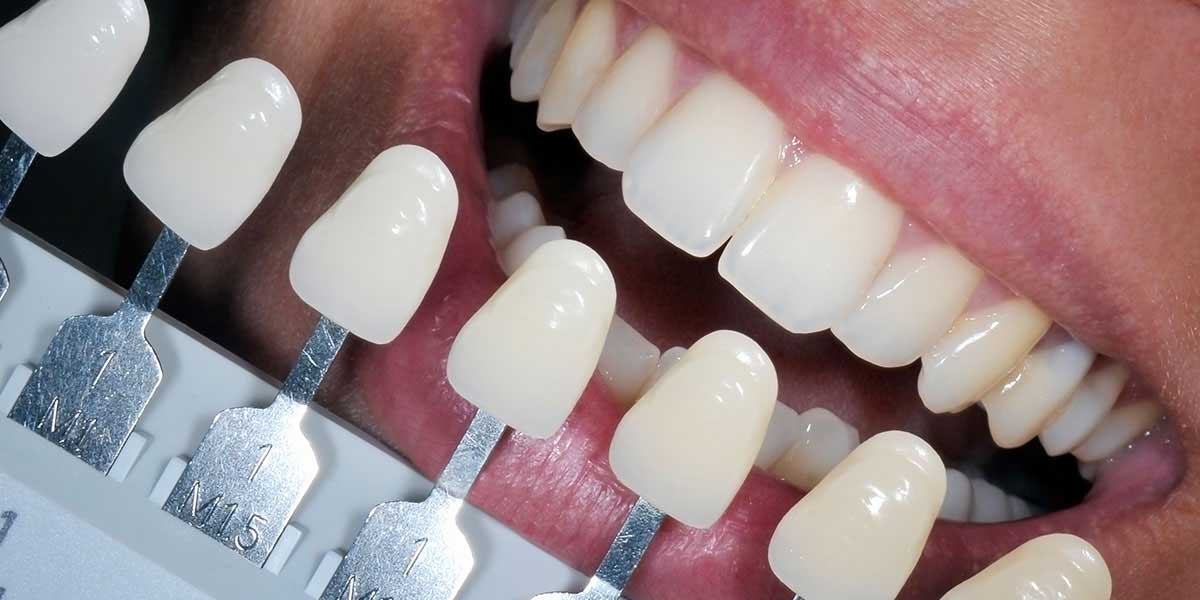Dental Fillings in St. Louis

Ballas Dental Care provides dental fillings services in St. Louis, MO. Call 314-432-5544 to learn more and schedule your appointment.
We use dental fillings to restore the function and structure of teeth that have been damaged by decay. The first step in getting a filling is to clean your tooth and remove any areas of decay. After this, the tooth structure is repaired by placing a filling material directly onto the surface and molding it to the natural contours of your tooth. This also seals treated areas, preventing future decay by keeping bacteria from entering through any fissures and crevices.
Tooth Colored Fillings
Although amalgam (silver) fillings were once the most common material used for restoring teeth with cavities, most patients now prefer composite fillings (also known as tooth colored fillings, white fillings, or resin fillings). These are more aesthetic and both metal- and mercury-free. A composite filling is made from a safe resin material that blends in naturally with the rest of your tooth, which means when you smile or open your mouth wide, no one will notice it.
Frequently Asked Questions About Dental Fillings
Are white fillings strong?
Yes, advances in materials mean that today’s composite fillings are strong, long-lasting, and durable.
Are dental fillings painful?
We'll numb your tooth and the area surrounding it before we start any dental work, so you won't feel any pain. After your local anesthetic wears off in the hours after your appointment, you may experience some sensitivity, although this is usually minor.
Why do I get cavities even though I brush?
Even if you brush twice a day for two minutes, you can still experience tooth decay. If you don't floss, plaque and tartar can build up between your teeth, leading to cavities. A sugary, high-carbohydrate diet, dry mouth, and pits or grooves on the chewing surfaces of your teeth can also cause cavities. In some cases, dental sealants or more frequent fluoride treatments may be recommended by your dentist to protect your teeth.
What happens if you don’t fix a cavity?
If a cavity is not treated, it will spread and your tooth will be susceptible to damage and fracturing. A cavity that reaches the pulp at the center of a tooth will require root canal treatment.
What is the difference between a filling and an inlay?
An inlay is closer to a crown in that it is fabricated and then placed onto your tooth. In contrast, a dental filling involves applying a resin material directly to your tooth and shaping it there. Inlays (and onlays) are typically used when a tooth has more damage than can be repaired with a dental filling, but not enough to merit a full dental crown.
Call 314-432-5544 to learn more and schedule your appointment.
